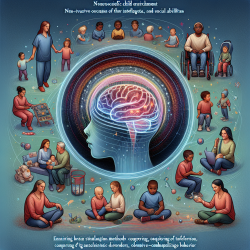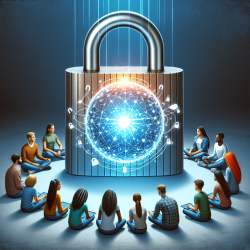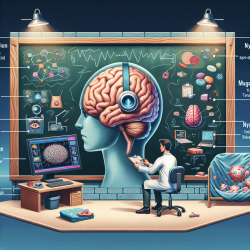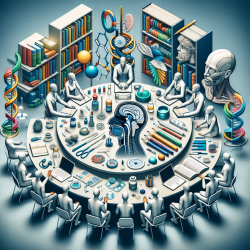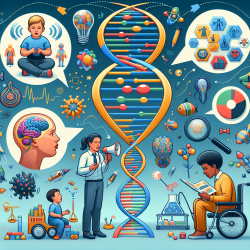Introduction to Noninvasive Brain Stimulation (NIBS)
Noninvasive brain stimulation (NIBS) has emerged as a promising therapeutic option for a variety of psychiatric and neurological disorders. By modulating neuronal activity through external magnetic or electrical fields, NIBS offers a "third branch" of psychiatric medicine alongside psychotherapy and pharmacotherapy. This innovative approach aims to safely alter brain function and induce therapeutic change, offering new hope for treatment-resistant conditions.
Applications in Non-Affective Psychiatric Disorders
Recent research highlights the potential of NIBS in treating non-affective psychiatric disorders such as psychosis, anxiety disorders, obsessive-compulsive disorder (OCD), and borderline personality disorder (BPD). Techniques like transcranial magnetic stimulation (TMS), transcranial direct current stimulation (tDCS), and magnetic seizure therapy (MST) are being explored for their ability to target specific brain regions and improve patient outcomes.
Key Findings and Implications
- Psychosis: TMS and tDCS show promise in reducing negative symptoms and cognitive deficits, although more research is needed to refine treatment parameters.
- Anxiety Disorders: High-frequency TMS has demonstrated efficacy in treating PTSD and generalized anxiety disorder (GAD), offering an alternative for patients who do not respond to traditional treatments.
- OCD: As an FDA-approved treatment, rTMS is actively used in clinical practice for OCD, with ongoing research exploring additional brain areas and stimulation protocols.
- BPD: Preliminary studies suggest that rTMS may alleviate impulsivity and emotional dysregulation, but further research is required to establish optimal treatment strategies.
Future Directions and Research Opportunities
The field of NIBS is rapidly evolving, with emerging techniques like transcranial focused ultrasound (tFUS) and transcranial alternating current stimulation (tACS) showing potential for treating psychiatric disorders. However, significant scientific and clinical challenges remain, including the need for standardized treatment parameters and a deeper understanding of the underlying mechanisms of NIBS modalities.
Pairing NIBS with advanced neuroimaging technologies like fMRI and EEG could enhance treatment outcomes by allowing for individualized protocols based on patient-specific neuroanatomy and brain function. This integration could significantly improve the efficacy of NIBS in treating non-affective psychiatric disorders.
Conclusion
Noninvasive brain stimulation techniques offer promising results for treating non-affective psychiatric disorders, but more research is required to better understand optimal parameters and localize target brain regions. Across stimulation modalities, mechanisms are largely unknown, but links to neuroplastic changes are compelling. By continuing to explore and refine these innovative approaches, we can unlock the full potential of NIBS to improve outcomes for children with psychiatric disorders.
To read the original research paper, please follow this link: Pre-clinical indications of brain stimulation treatments for non-affective psychiatric disorders, a status update.
